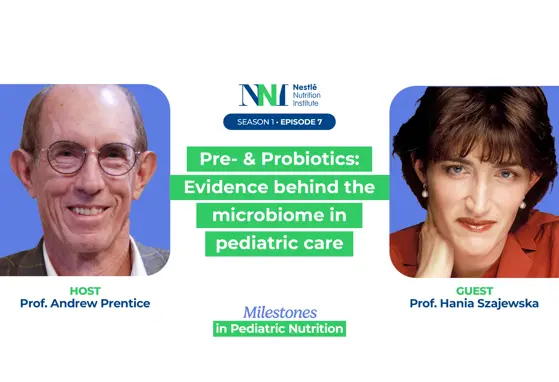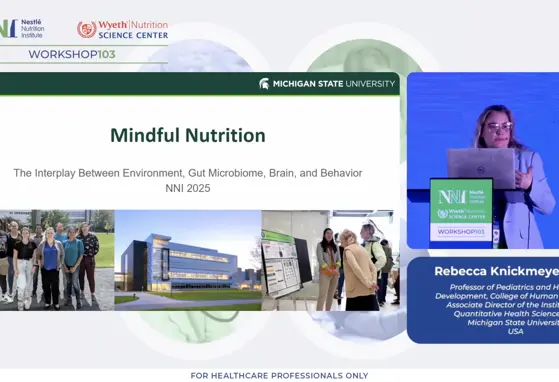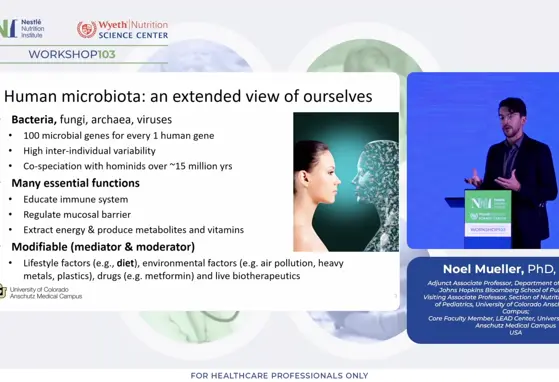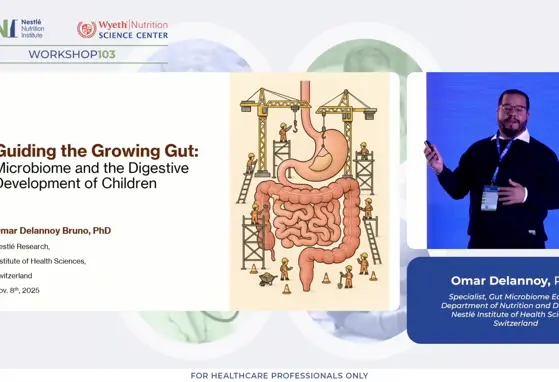Immunological Effects of Human Milk Oligosaccharides: New Scientific Review

Human milk oligosaccharides (HMOs) comprise a group of structurally complex, unconjugated glycans that are highly abundant in human milk. Although the amount and precise composition of HMOs varies depending on time of lactation and the genetic makeup of each women as well as potential environmental exposures, human breast milk contains an average of 5-15g of oligosaccharides per liter, making HMOs the third most abundant solid component of breast milk after lactose and lipids. Each oligosaccharide is built on a lactose backbone expanded to by the addition of galactose, N-acetylglucosamine, fucose or sialic acid, branched and elongated in different ways, generating approximately 200 different structures of HMOs have been identified to-date.
HMOs are minimally digested in the gastrointestinal tract and reach the colon intact, where they shape the microbiota. A small fraction of HMOs is absorbed, reaches the systemic circulation, and is excreted in urine. In this, way they may exert a plethora of functions at multiple sites throughout the body and beyond the intestinal lumen and intestinal mucosal surfaces, including the urinary tract or the immune system.
HMOs were first described as prebiotic substrates for the infant gut microbiota, promoting establishment of bifidobacteria and lactobacilli, based on striking differences in microbiota composition between bottle-fed and breast-fed infants. HMOs are now recognized to have various additional benefits for the developing neonate.
HMOs may modulate neonatal immunity by altering host epithelial and immune cell responses in the infant gut, modify immune responses systemically or act as soluble decoy receptors to block the attachment of various microbial pathogens to cell surface receptors, not only in the intestine but also in other sites such as the urinary tract. The benefits of HMOs can extend to health outcomes beyond infancy such as allergies or cognitive functions, making HMOs the focus of intense current scientific research with increasing number of studies unraveling their role in human physiology.
This review summarizes recent findings, discusses the proposed modes of action, and identifies future prospects and scientific challenges, with a focus on immunity and infection.
To know more click here
T riantis V, Bode L and van Neerven RJJ. Immunological Effects of Human Milk Oligosaccharides
Frontiers in Pediatrics 2018;6:190.
If you liked this post you may also like

Hania Szajewska - Pre‑ & Probiotics: Evidence behind the microbiome in pediatric care - Milestones in Pediatric Nutrition - Episode 7

Mindful Microbes: The Interplay Between Environment, Gut Microbiome, Brain, and Behavior

Exploring the Crosstalk: Nutrition, Microbiome, and Cardiometabolic Health

Guiding the Growing Gut: Microbiome and the Digestive Development of Children